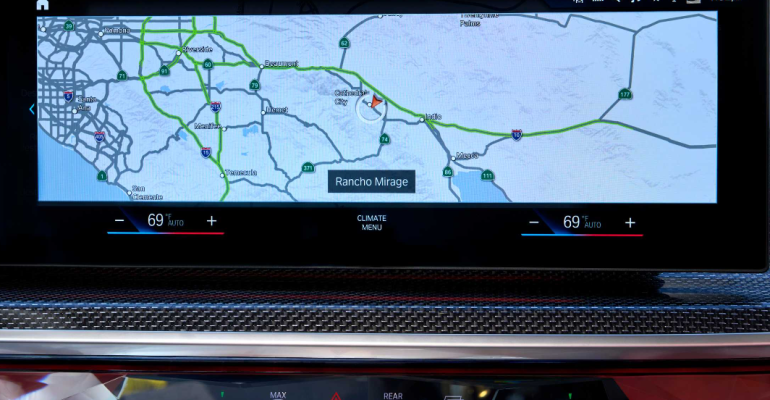Global automakers are getting through the technology hype cycles and marketing promises of “full self-driving” with vehicles equipped with advanced driver-assistance systems and the initial levels of automation.
Several leading OEMs are offering cars with partially automated controls. The BMW Group is scheduled to be among the first car companies to offer a system with true, SAE Level 3, high-automation capabilities where the driver is relieved of control in specific situations.
The underlying technology and systems architecture for highly and fully automated driving is largely in place. The main challenge is less about algorithm creation or hardware integration, and more about the vehicle’s safety systems performing at a higher level than a human driver.
Passenger safety is the real test.
You must do a positive risk balance that shows the system is statistically safer than the average driver. This means a big effort is needed in simulation, validation, and reprocessing – and the high-definition (HD) map is very important.
The latest HD maps show a wealth of information, not just roads and routes. Accurate to the centimeter, the environment is contained completely in many billions of pixels, from the trees at the roadside to the height of the curb. All this data is captured and displayed in three-dimensional images.
Where Do Automated Vehicles Safely Operate?
The HD map is used as the operational design domain, letting the car know when and where the automated driving feature can be used.
BMW research vehicles have been testing highly automated driving on public roads for several years across various countries. While some automakers rely on cameras and sensors to guide the vehicle, the HD map plays a central role for the BMW 7-Series. The Level 2 hands-free option in the vehicle – currently available in the U.S. and Canada, and from the end of this year in Germany in the new BMW 5-Series – drives ‘on-map’ instead of ‘on-lane’. That means it depends upon a high-quality map for attributes such as geometry, lane positioning and predicting road traffic signs in time. The sensors act as an extra layer so that the safety load is shared between the sensors and the map. The HD map is the primary input for creating the driving path of the vehicle with the sensors as a backup.
The Software-Defined Vehicle
The global automotive industry is going through a step-change in vehicle systems architecture, with software replacing traditional electronic controlling units for vehicle functions. At the same time, the computational power inside the car is limited, so it is essential to leverage the computational power in the back end.
A connected vehicle can use this power to get the right information to the driver. For instance, routing for electric vehicles can only work when data about the location, availability and condition of charge points is sent to the vehicle at the right time.
For the software-defined vehicle, there are different “recipes” where we can fulfill new applications at any time. This is about creating the best overarching experience for customers, with all the individual features combined in the best way.
Increasing Driver Comfort and Safety
 How intelligent is the vehicle? It comes down to the vehicle creating the right route and combining safe vehicle functions with smart guidance. This intelligence is shown not only in the car’s ability to react to situations on the road but also in its ability to predict events. This is something the HD map helps to provide.
How intelligent is the vehicle? It comes down to the vehicle creating the right route and combining safe vehicle functions with smart guidance. This intelligence is shown not only in the car’s ability to react to situations on the road but also in its ability to predict events. This is something the HD map helps to provide.
Cars should not be viewed as smartphones when it comes to flooding the user with an overwhelming amount of information. It is about giving information to the drivers and passengers that is meaningful at that point in time.
As the intersection of HD maps, electric, connected and automated driving systems come to market, the driver will simply enjoy a smooth driving experience.

Nicolai Martin (pictured, above left) is senior vice president for Development, Automated Driving with BMW Group. Leen Balcaen (pictured, left) is vice president of product management and head of the Core Content Unit for HERE Technologies.





